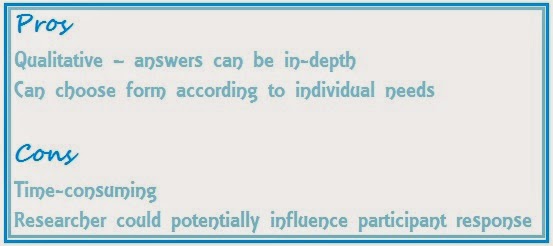An Unhappy Context
Because of
the ongoing strike action across the university, this week a group from my
module met, off campus of course, to conduct a facsimile of a seminar. Staying
true to the style we have established for our seminars, we began by discussing
several of the overarching themes of this weeks reading before the conversation
veered off into esoteric and inaccessible territory: but we tried!
The title of this blog comes from the work cited during the post.
Image Source: bp-or-not-bp.org
Is there
such a thing as an ethical institution? This question has been raised with regard,
specifically, to the corporate sponsorship of institutions like Tate Britain,
and the British Museum, by BP Oil. Mel Evans writes that ‘the presence of a
corporate sponsor confines artistic possibility’[1],
and goes on to discuss issues which may arise in these situations.
When any
sponsor donates to an organisation there is the expectation of reward: in BP’s
case this comes from branding on a small or large scale: tiny logos placed
alongside specific works of art, or entire exhibitions which proudly associated
themselves with the sponsor by explicitly referencing them in the exhibit
title. Sponsorship of this sort does not necessarily lead to financial rewards
for large corporations (indeed, their profits are such that this sort of
philanthropy is small change for them!), but it is an attempt to ‘clean up
their image’ so-to-speak in a world which is becoming increasingly hostile to
large companies, and companies associated with unethical behaviour in
particular. Soft diplomacy of this sort is powerful because it is not overt.
The 'BP Walk Through British Art' at Tate Britain
Image Source: Evening Standard
However,
this sort of branding can cause a form of cognitive dissonance, when a
corporate sponsor places their logo in an art gallery: does this make the logo
art? What happens in the space between that tiny logo and the frame of the art
which the viewer has come to see – does it change the reading? If, as Evans
suggests, ‘all of the features of the building and the space’ inform how the
work displayed is encountered, then even an unobtrusive presence has potential
impact when we take into account the semiotics of the space.[2]
I, however, would also query whether this cognitive dissonance actually has
potential – is there a way that this phenomena could be harnessed productively to
create new readings, and provoke deeper questioning and engagement with the
work?
One issue,
which has multiple associated problems, is that of censorship: this can arise from
pressure outside and inside the institution. Evans writes that ‘BP acts as an
inhibiting influence’ on the life of the gallery.[3]
This is not necessarily in the form of outright banning of the art but can
often be subliminal in the sense of the curators self-censoring if they feel
work may be too provocative to their donors. This can undermine the mission
statements of institutions, which usually attempt to promote unfettered access
to work. If institutions are to serve their cultural and political aims, there
needs to be a sense of, what I would call ‘institutional bravery’, and a
pushing of the boundaries to become more self-aware, and reflective rather than
reactionary.
Tate Mission Objectives
Image Source: tate.org.uk
I understand
the difficulties inherent in this issue: if these institutions are to remain
free to access for the general public, there needs to be funding of some sort.
Is there such a thing as a completely ethical sponsor? Can cultural sites stay
true to their artistic, ethical and political aims and yet still work with
companies who may not share the same outlook? In a world run by money, the
money has to come from somewhere. It’s important, however, that we look at
where it is going, and what it is doing once it is there.
x






Comments
Post a Comment